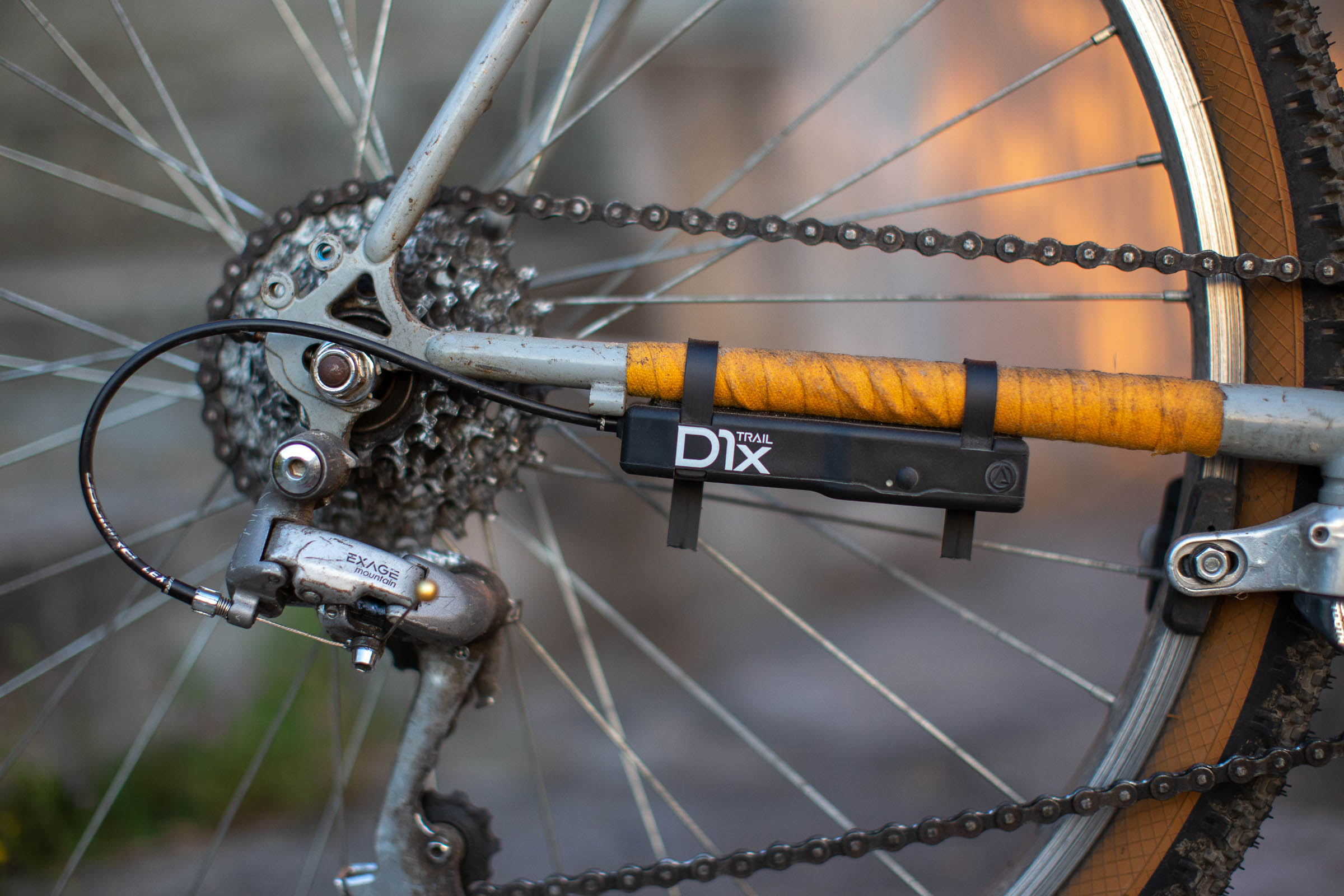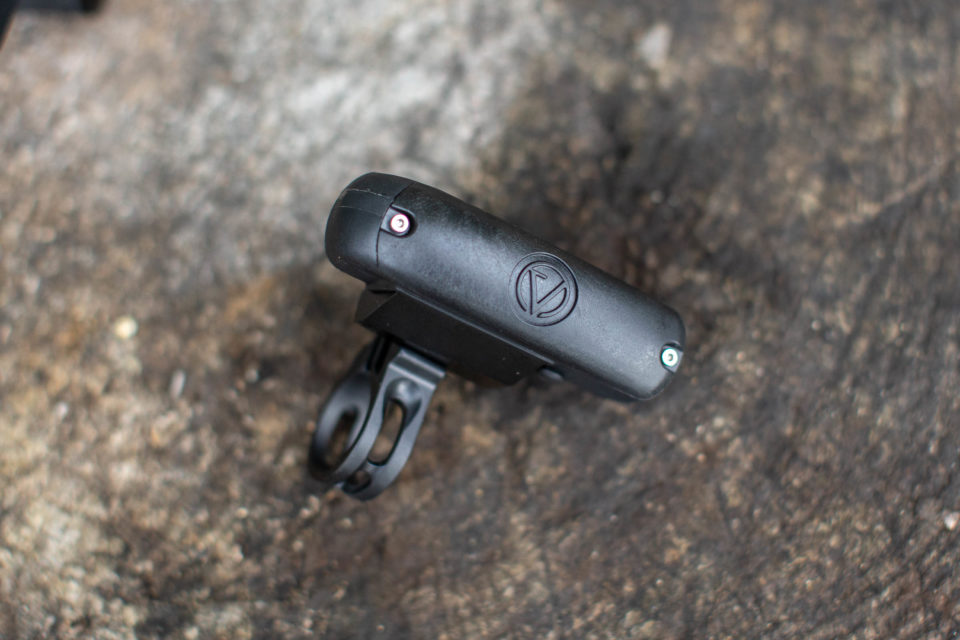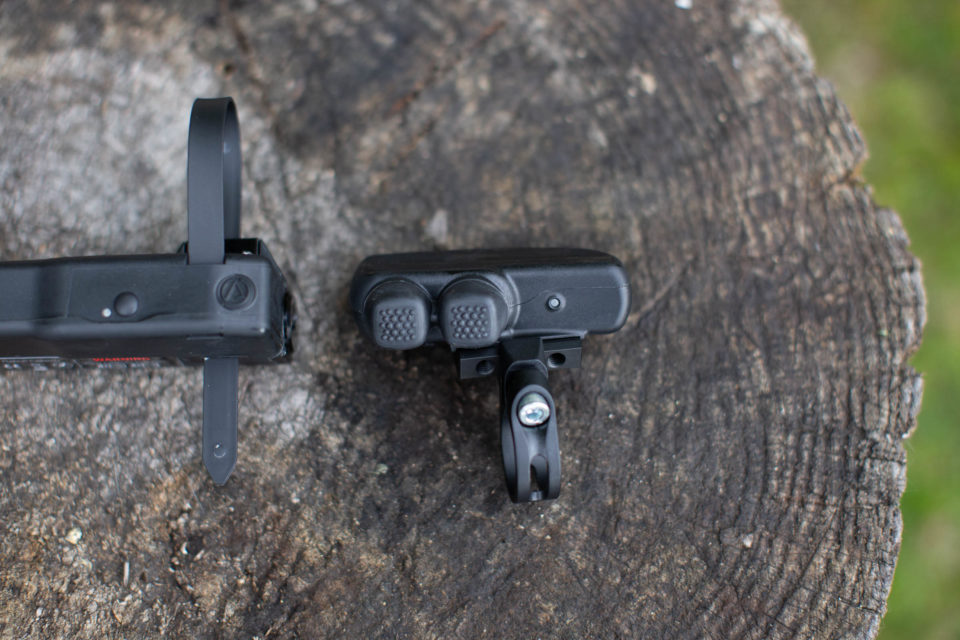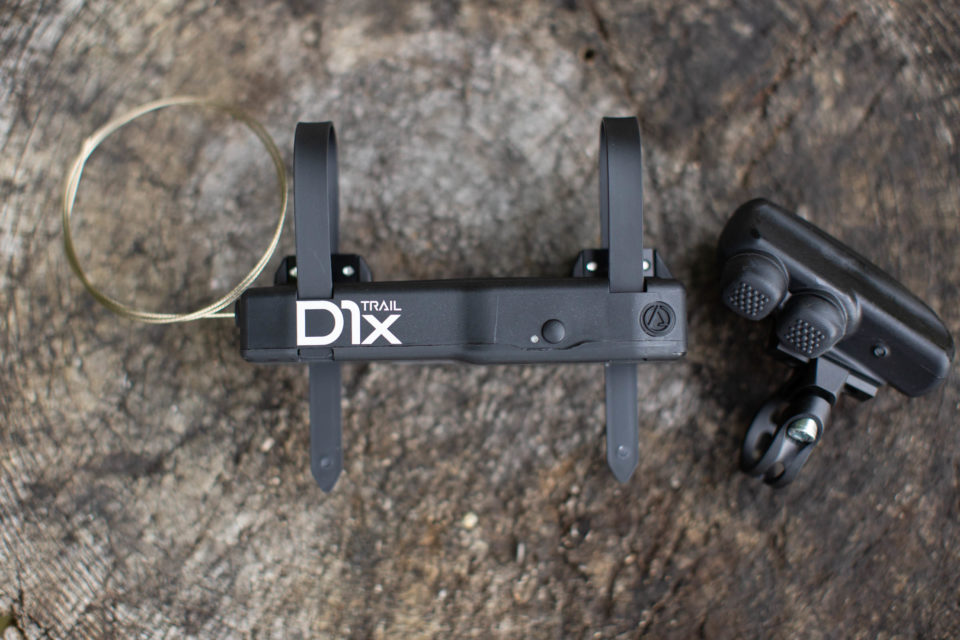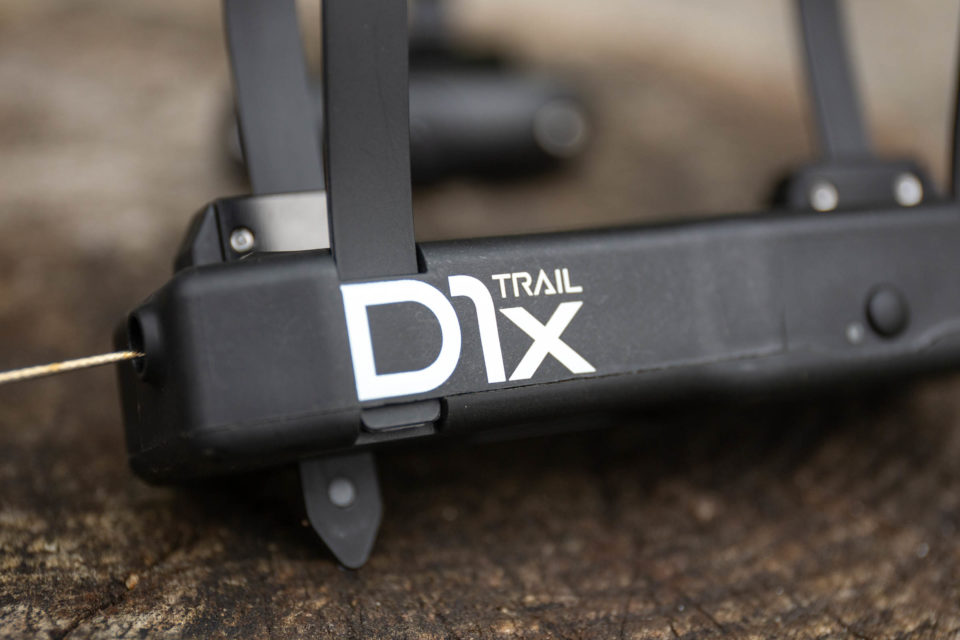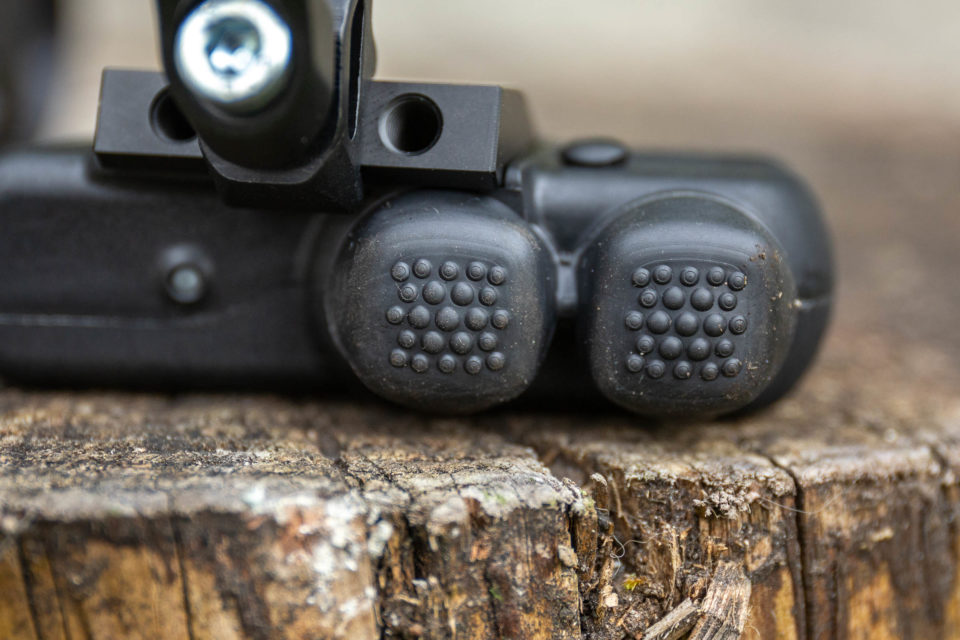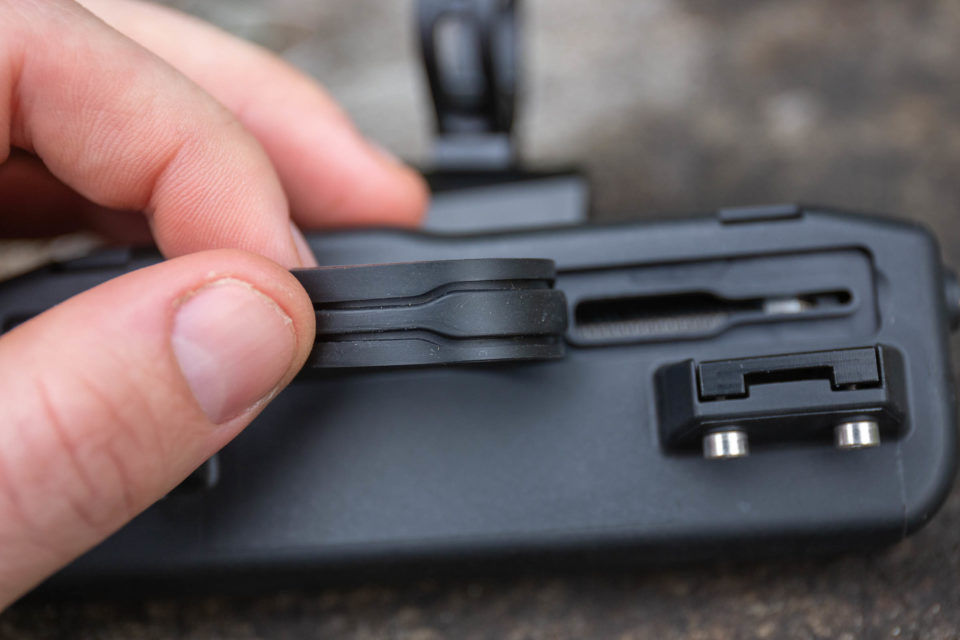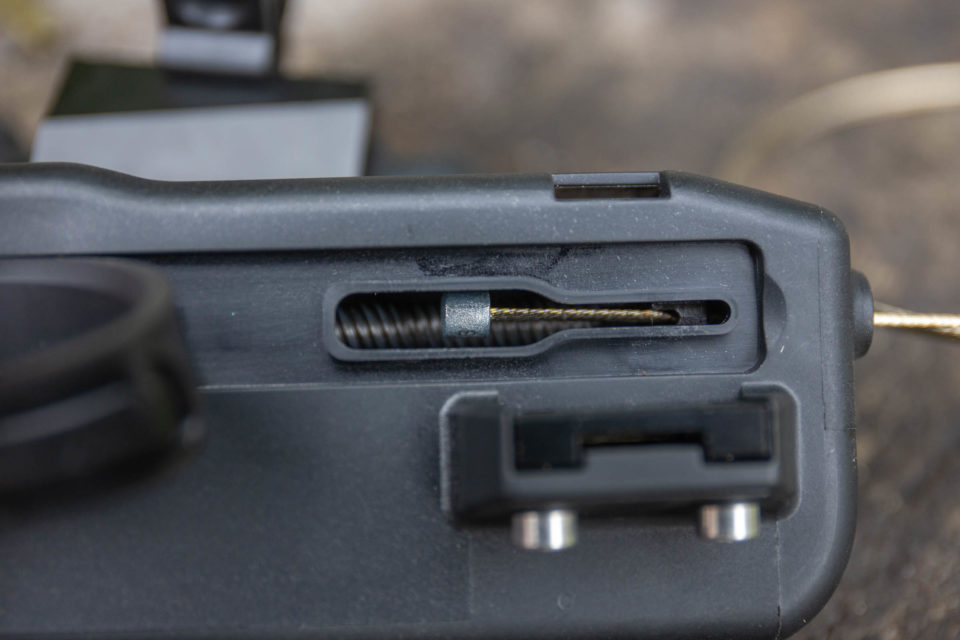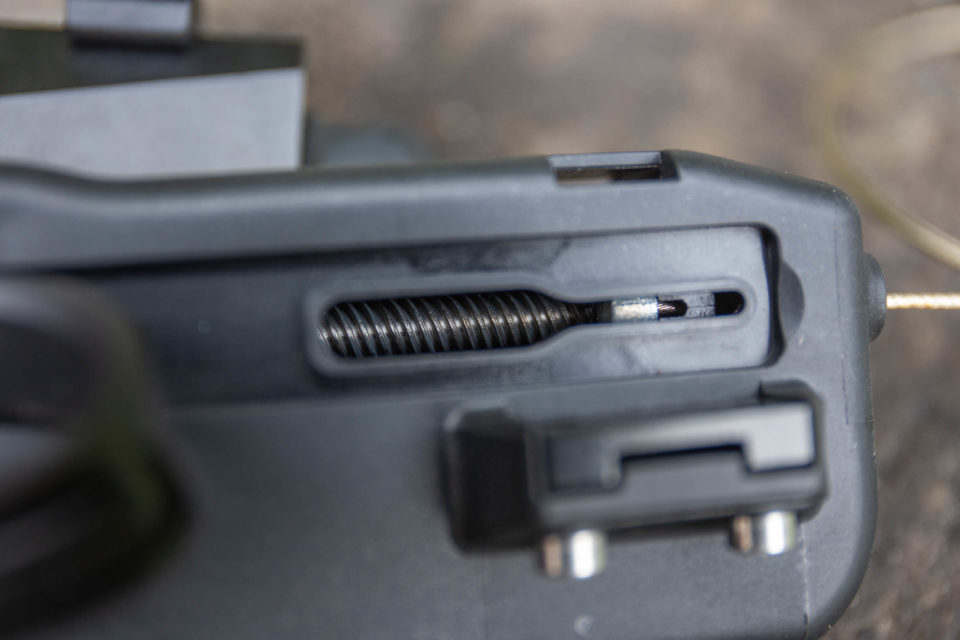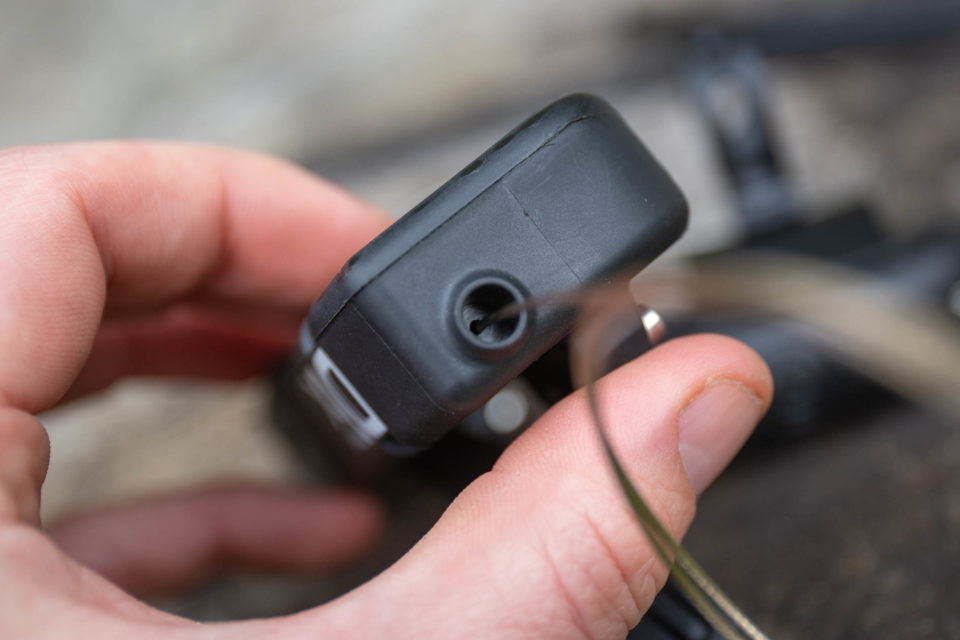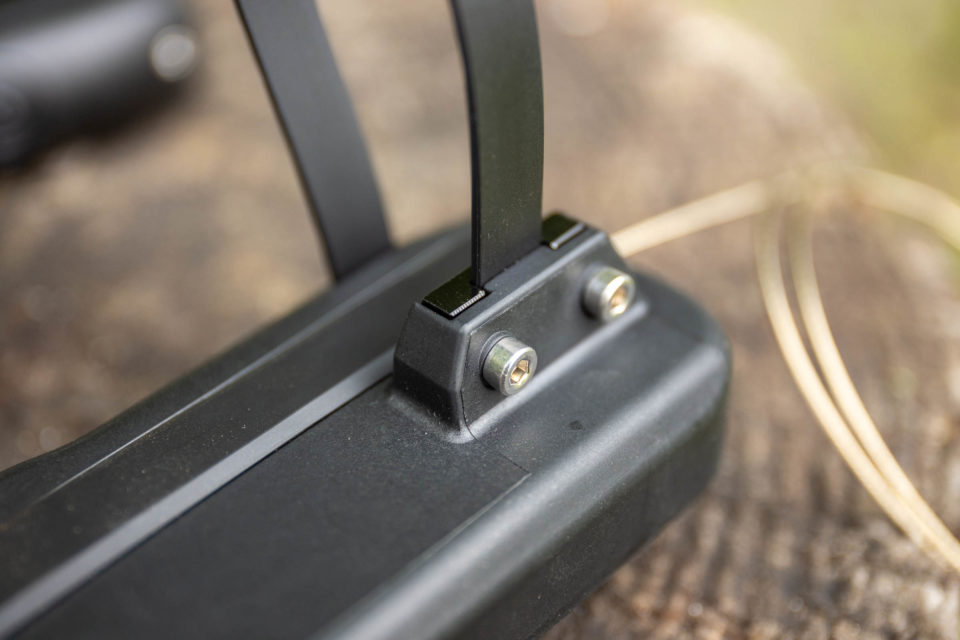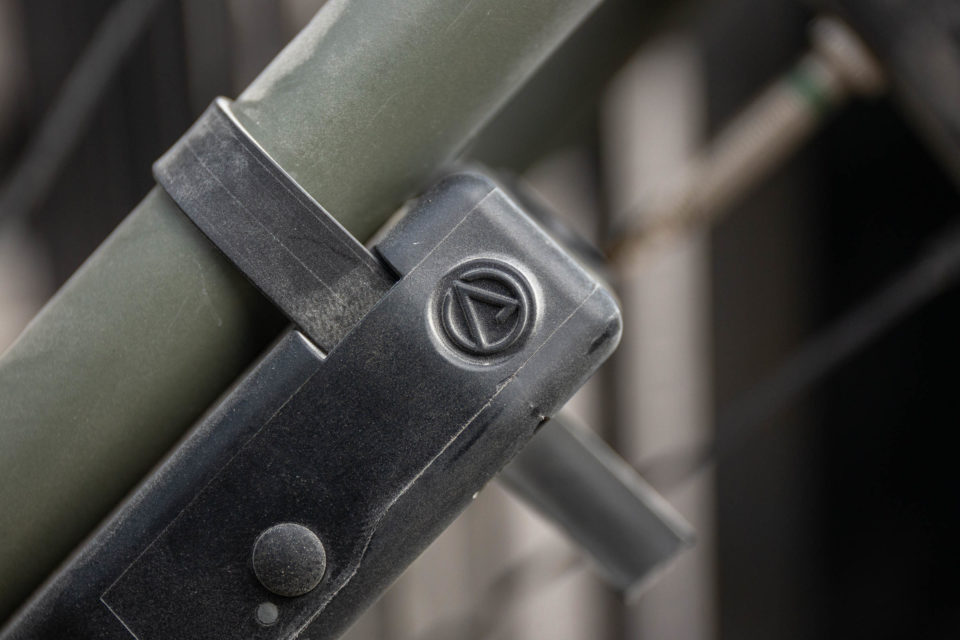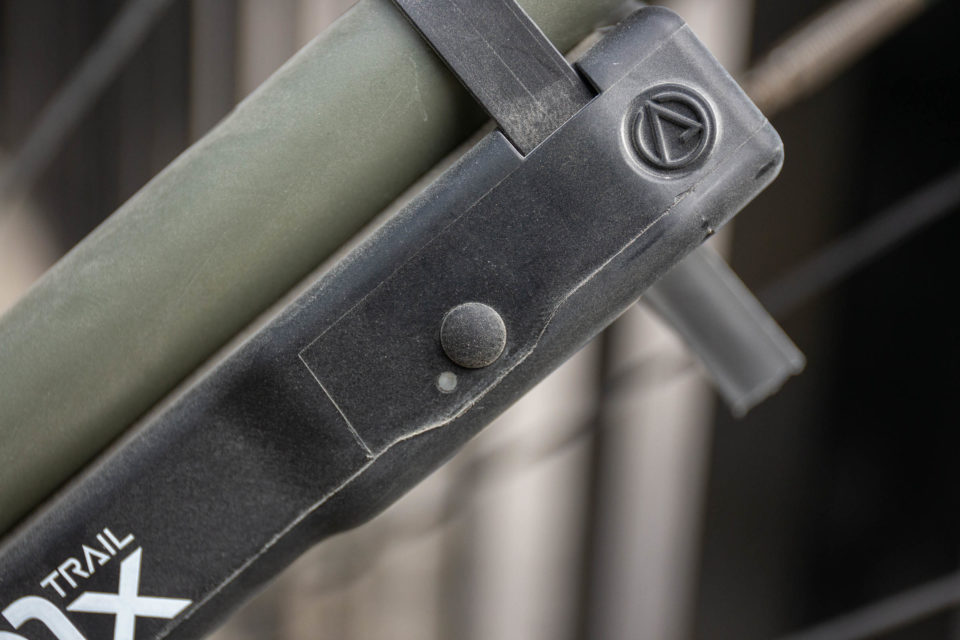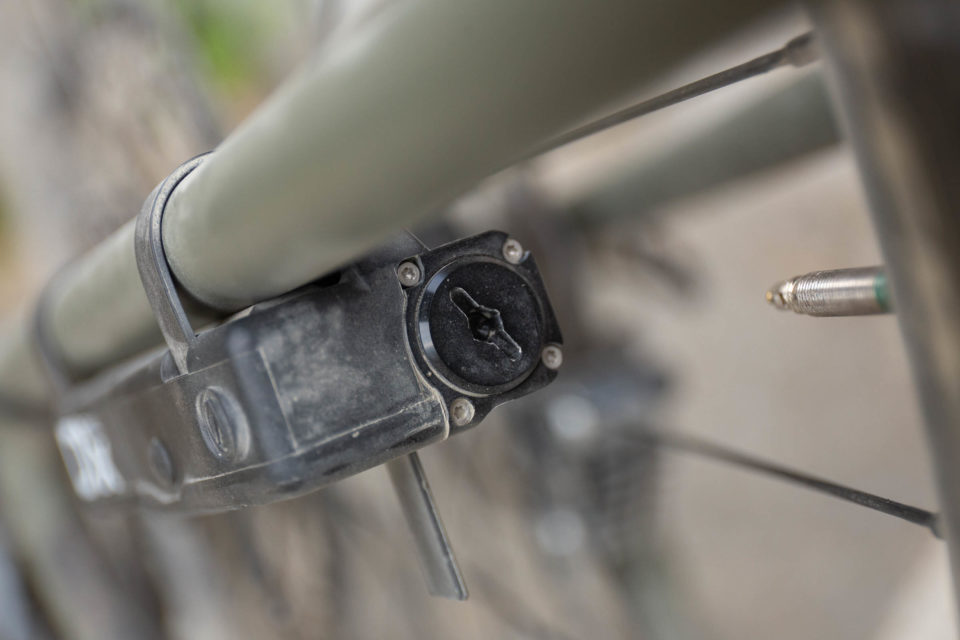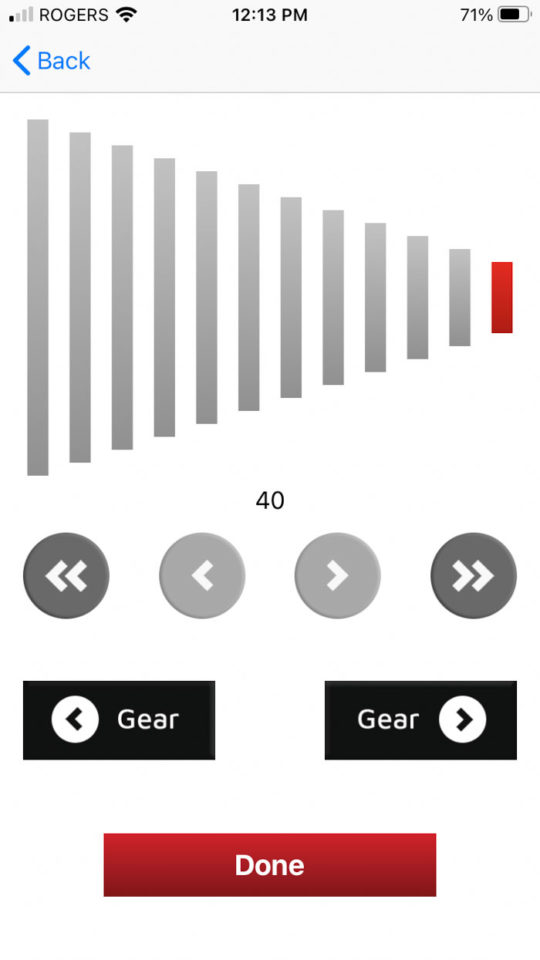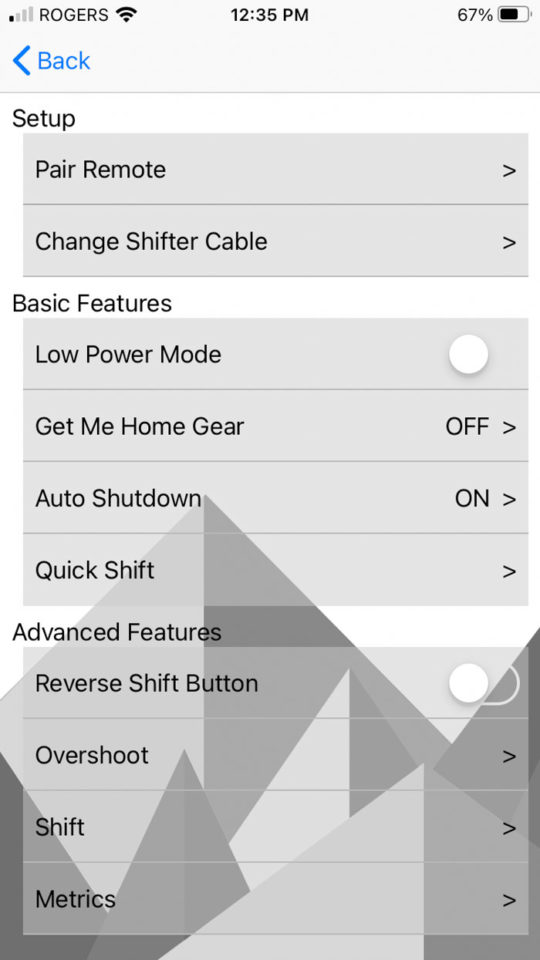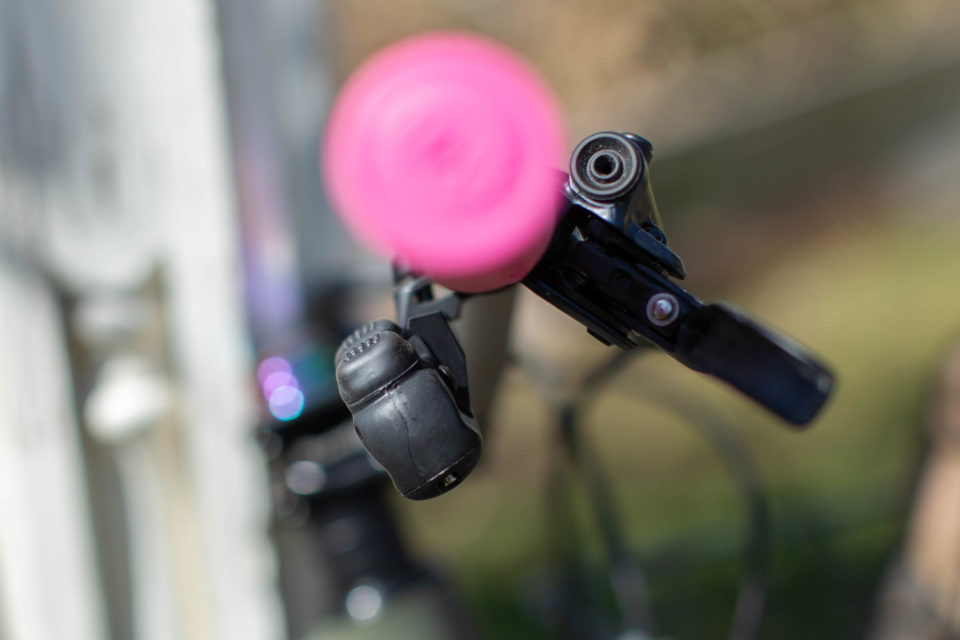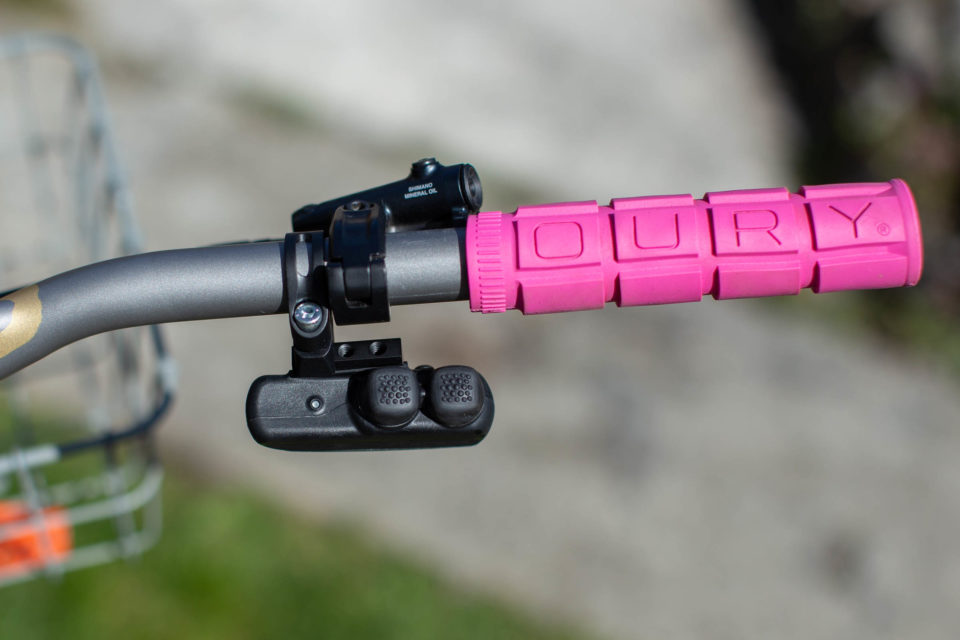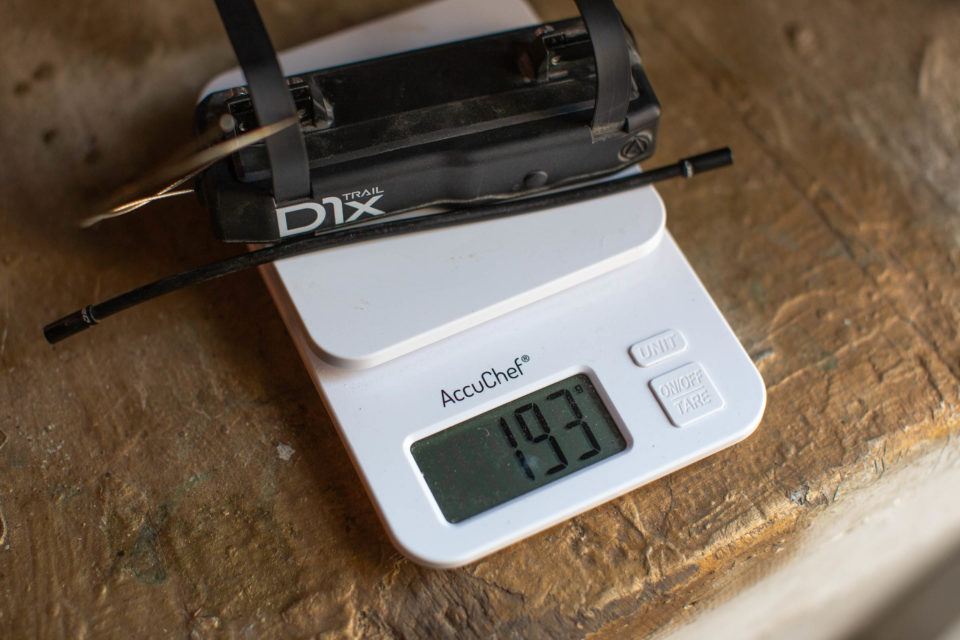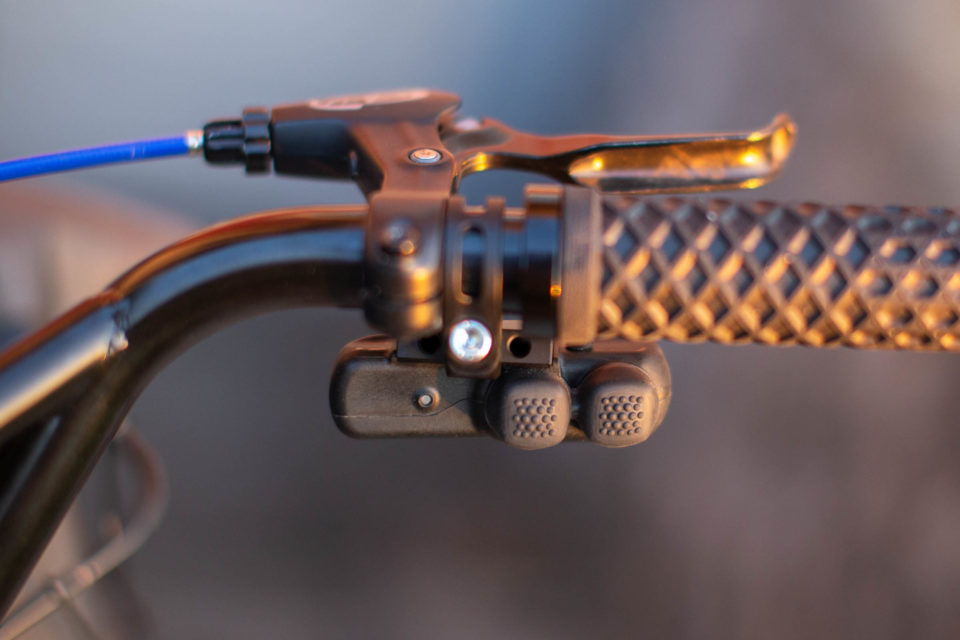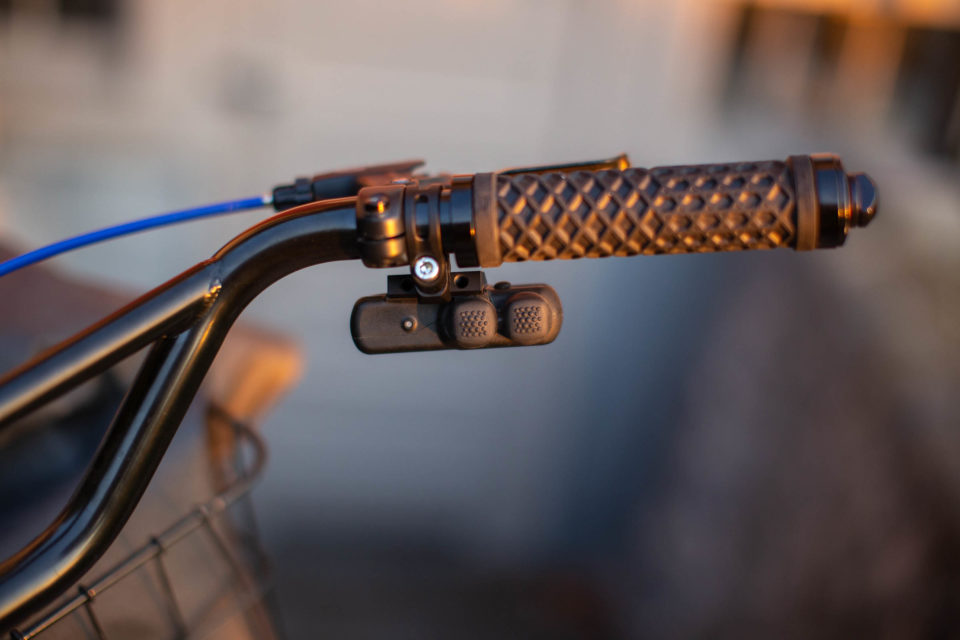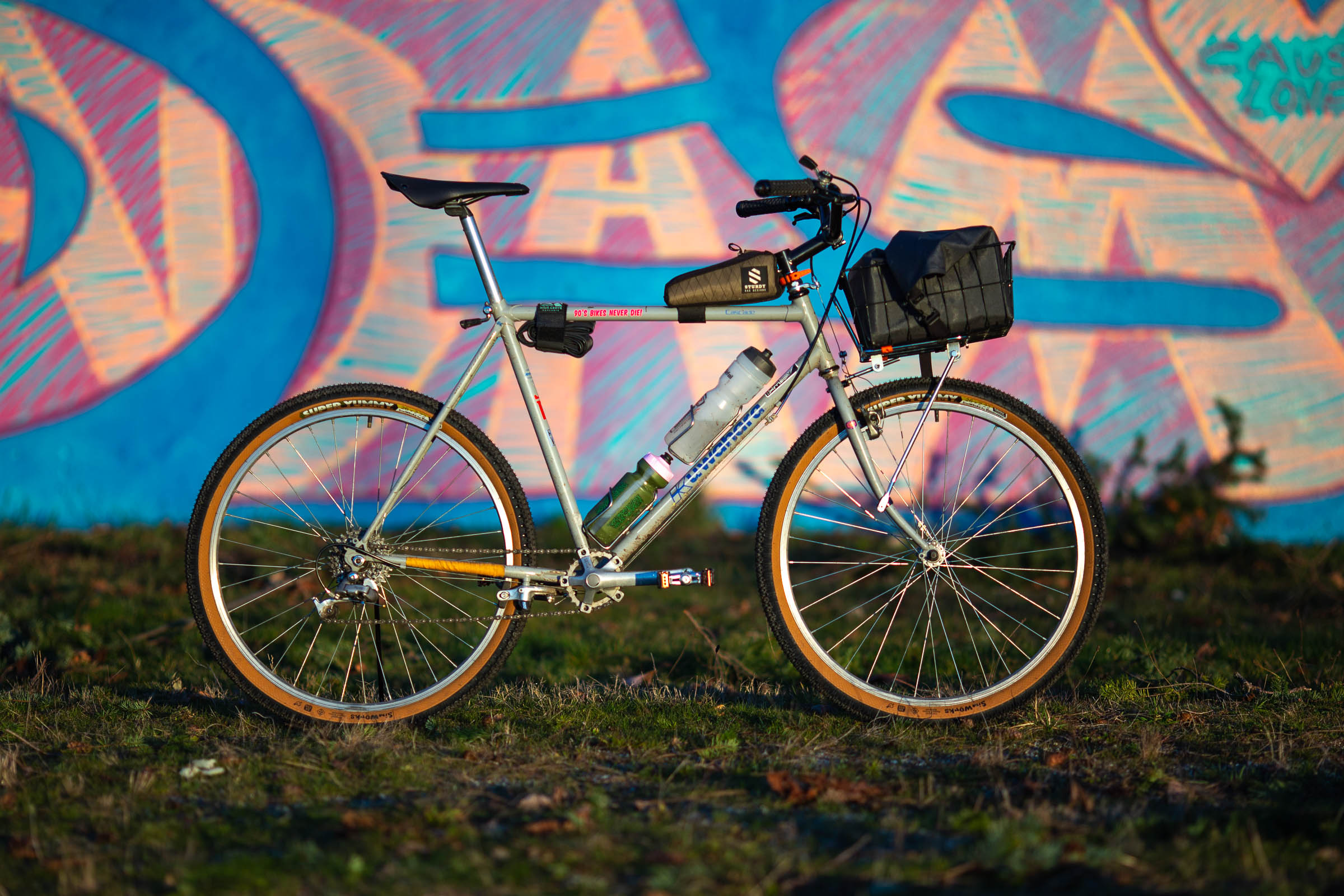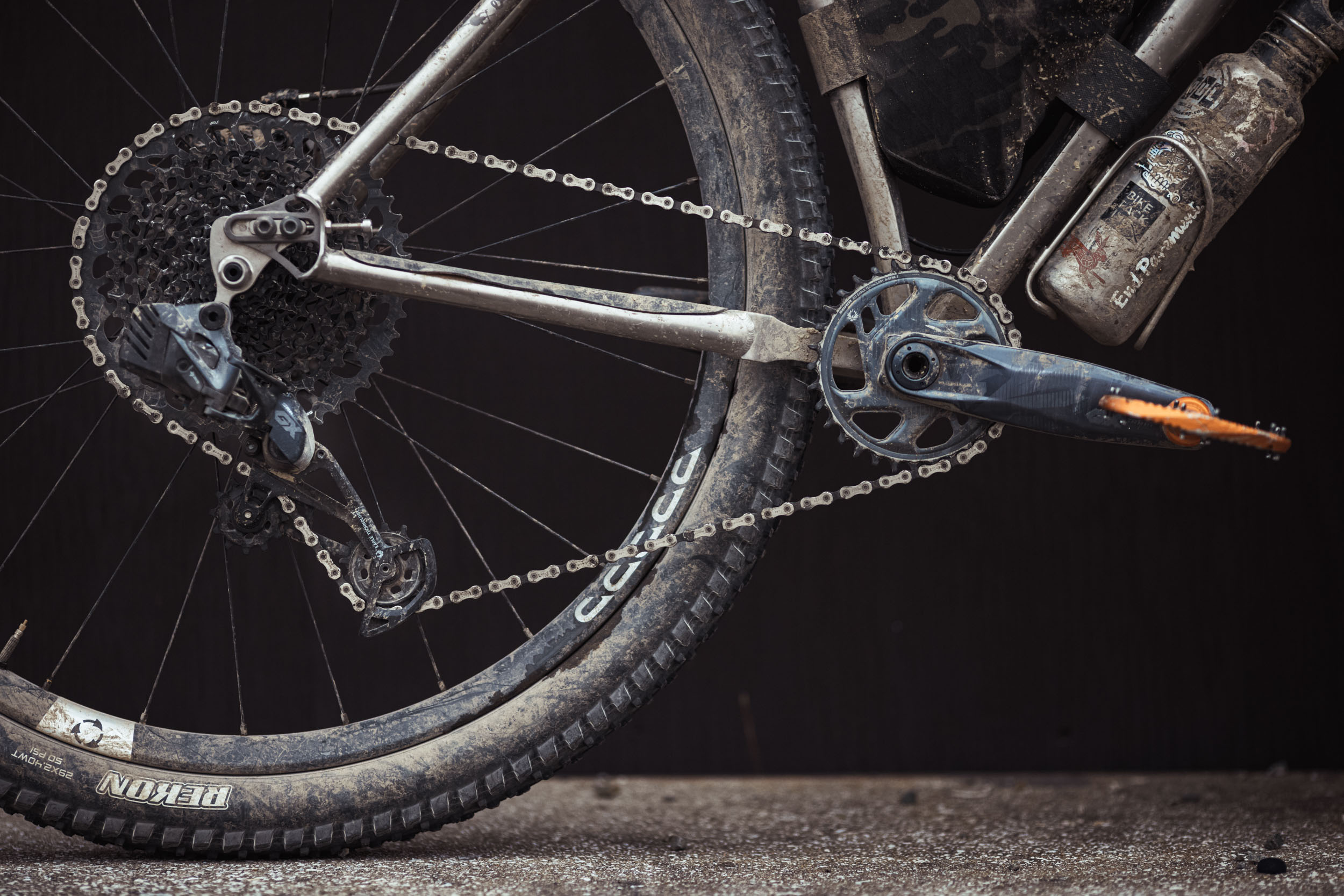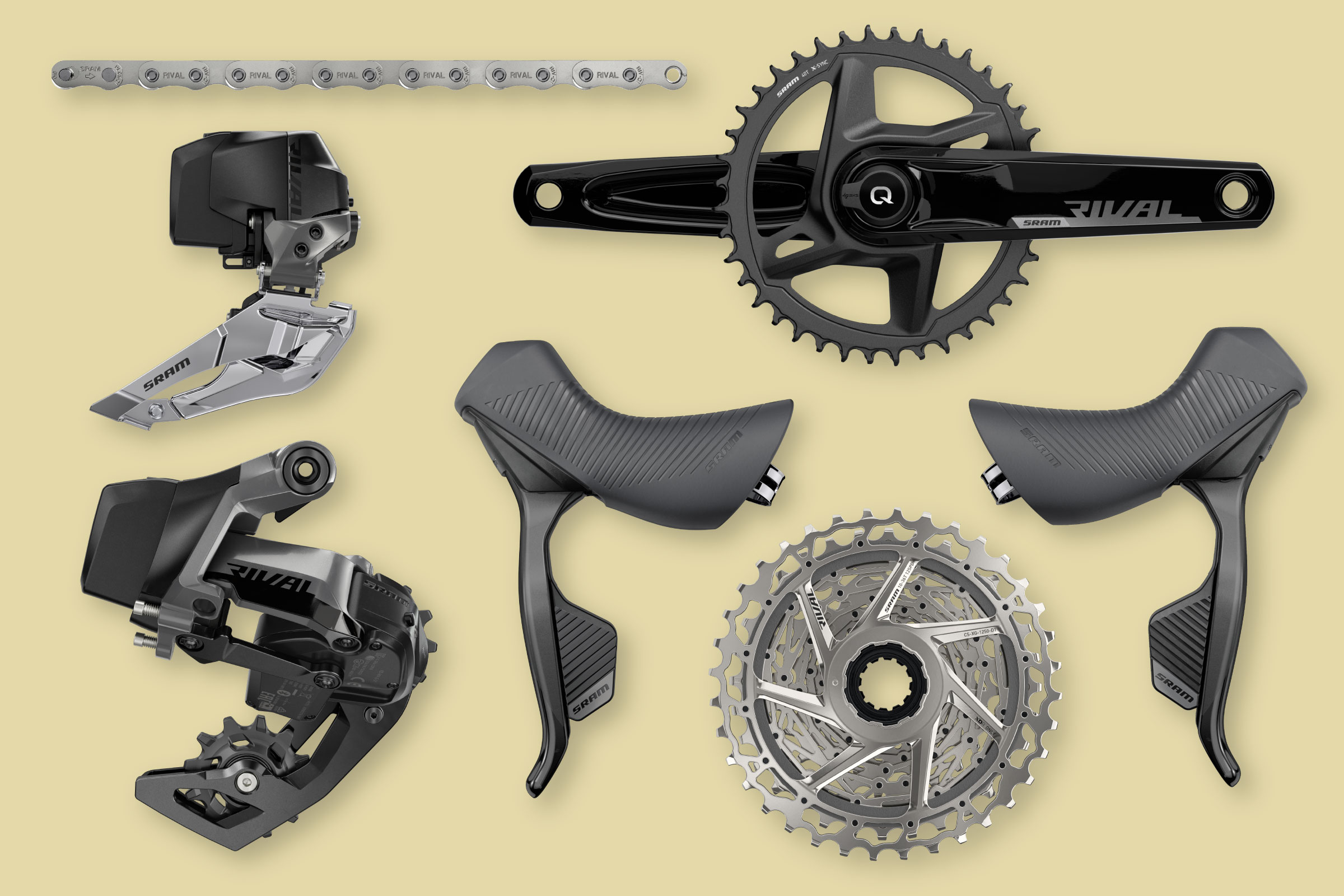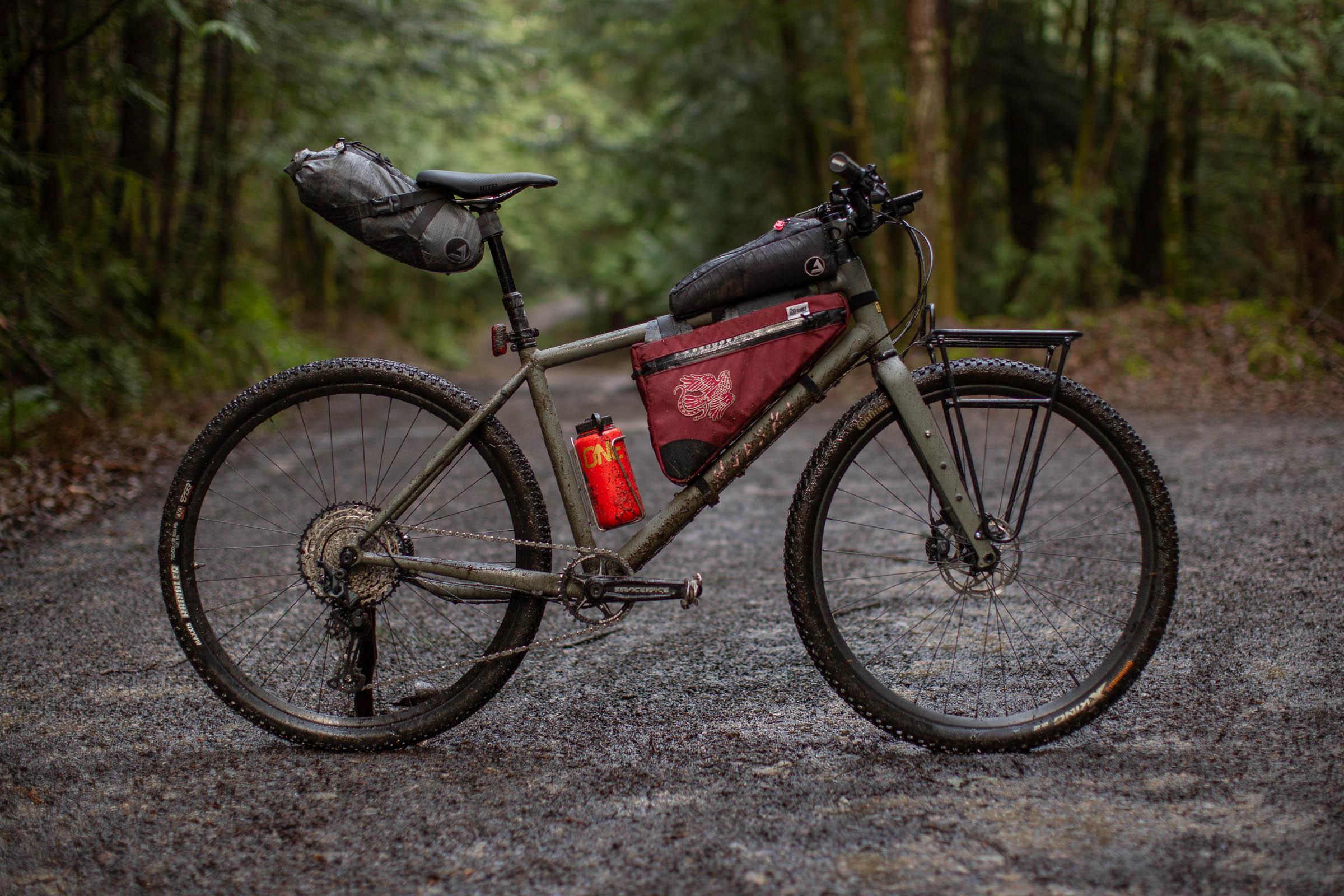Archer D1x Trail Review: $400 Wireless Shifting
The Archer Components D1x Trail shifter and remote provides electronic shifting that’s compatible with any derailleur or bike, bringing the benefits of wireless shifting to your favourite drivetrain combination. We’ve been testing the system out this summer to figure out what it does best and where it falls short. Find Miles’ full review here…
PUBLISHED Aug 26, 2021
I’ll admit I wasn’t familiar with Archer Components before their D1x Trail kit showed up at my door around six months ago. I’ve used wireless shifting in the past, but I’ve never been completely sold on the idea, which is likely why Archer wasn’t really on my radar. It turns out California-based Archer Components has been in the wireless shifting game since 2018, first with their D1x shifter and remote, and more recently with the updated D1x Trail kit and drop bar specific DBR remote.
While it’s easy to see wireless shifting as unnecessary technology, there are benefits worth considering. Looking at all wireless/electronic drivetrains, I think there are two major advantages over traditional mechanical shifting. The first is the accuracy that wireless shifting provides, which not only feels great to use but also has the potential to create less wear on your other drivetrain parts. The second is the ergonomic benefit, mainly to your hands and fingers, of an electronic shifter. Our own Neil Beltchenko and ultra-endurance athlete Lael Wilcox have both commented on how the easier shifter engagement has helped keep their hands fresh on long rides and tours.
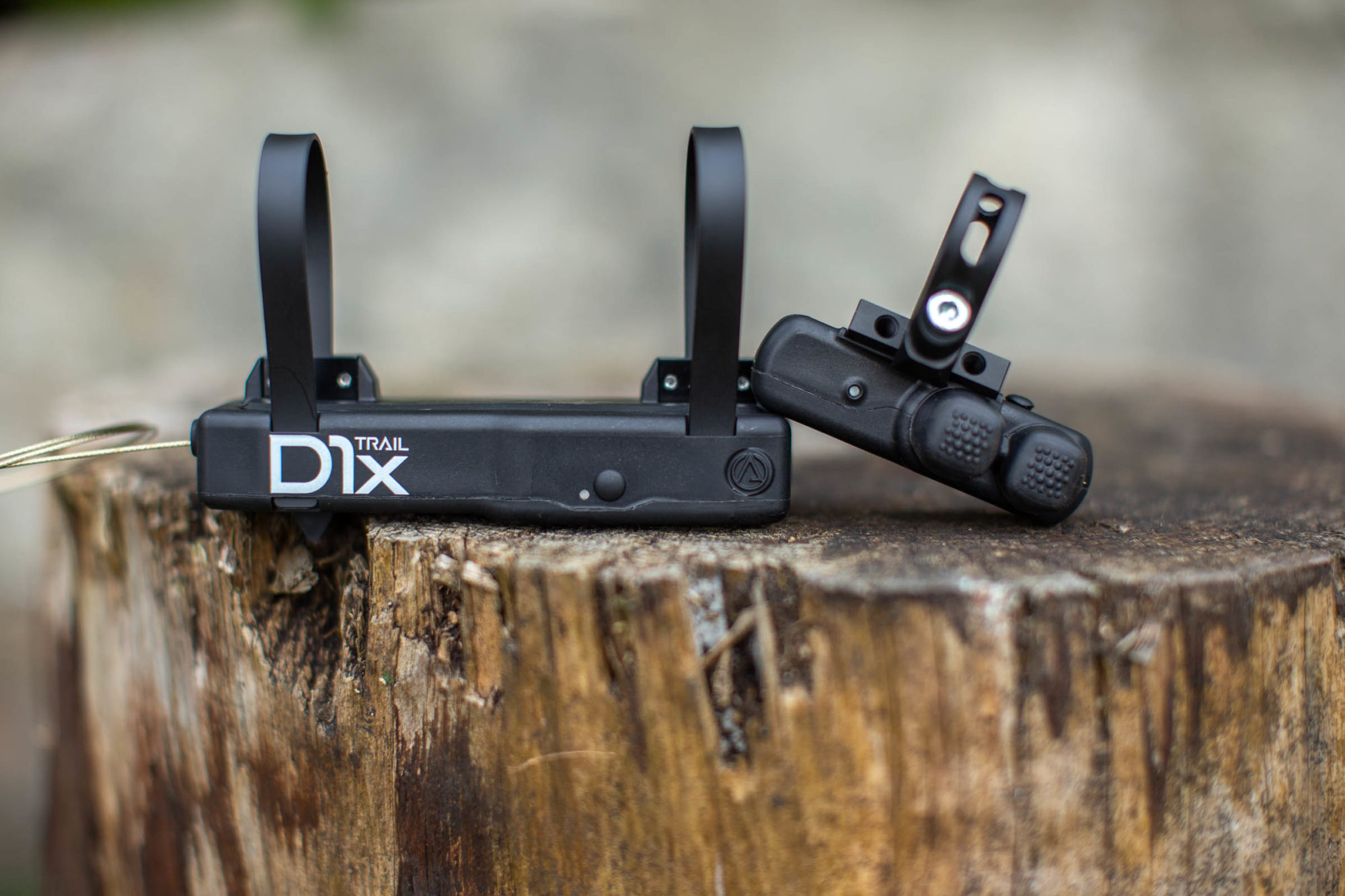
So, what is the Archer D1x Trail? In short, it’s an electronic shifting kit that can be integrated into nearly any drivetrain. The kit includes a wireless remote that replaces a mechanical shifter, and a shifter that mounts on the chainstay or seatstay to control the derailleur itself. Both the shifter and remote are powered by rechargeable lithium-ion batteries and are programmable to jive with most cassette/derailleur combinations out there. Archer positions the D1x as having loads of benefits over standard mechanical shifting and other electronic shifting such as AXS and Di2, including the ability to tune individual gears, compatibility with a more affordable mechanical derailleur, and less cable stretch thanks to a shorter overall system.
I’ve been trying out the Archer kit for nearly six months now, mostly on my Hudski Doggler on local rides and a few longer gravel missions. Mostly recently, I swapped it over to my vintage Kuahara Cascade to see how it performed when paired with an older derailleur.
Installation and Setup
Installing the Archer D1x kit is a fairly straightforward process, and after you’ve done it once, you likely won’t need to check out the included instructions ever again. With your mechanical shifter, housing, and cables removed from the bike, the Archer Remote clamps onto your handlebar using one of three positions to dial in the fit. Archer includes a standard 22.2mm handlebar clamp and a MatchMaker-compatible clamp and bolt for those running SRAM brake levers.
The Archer D1x shifter straps directly to the bike’s chainstay or seastay, as close as possible to the rear derailleur without interfering with any suspension pivots or the chain. A rubber cover, which also doubles as a grip, is pulled back to expose the inner workings of the shifter, and the shift cable can slide through the shifter’s drive nut and out the end of the body. Two plastic P-straps wrap around the bike frame and are secured in place using two aluminum retention clamps. All that’s left is installing a small included section of shifter housing, attaching the shifter cable to the rear derailleur, and you’re all set.
A few notes:
- The size and shape of the shifter box works on some bikes better than others. Depending on the shape of the chainstays, location of cable guides, and other factors, positioning the shifter on the seatstay (like I did for my Hudski Doggler) might work better.
- The rubber cover to access the drive unit is a pain to close up again without the use of rubbing alcohol. While needing to remove the cover on a ride is unlikely, I couldn’t imagine trying to get it to seal on the side of the trail.
- The P-clamps are meant to be trimmed after tightening, but that immediately makes them a single-use item if you ever need to remove the shifter, as there wouldn’t be anything to grab on to to tighten the shifter to the frame. I left mine uncut to make adjustments and tighten as needed.
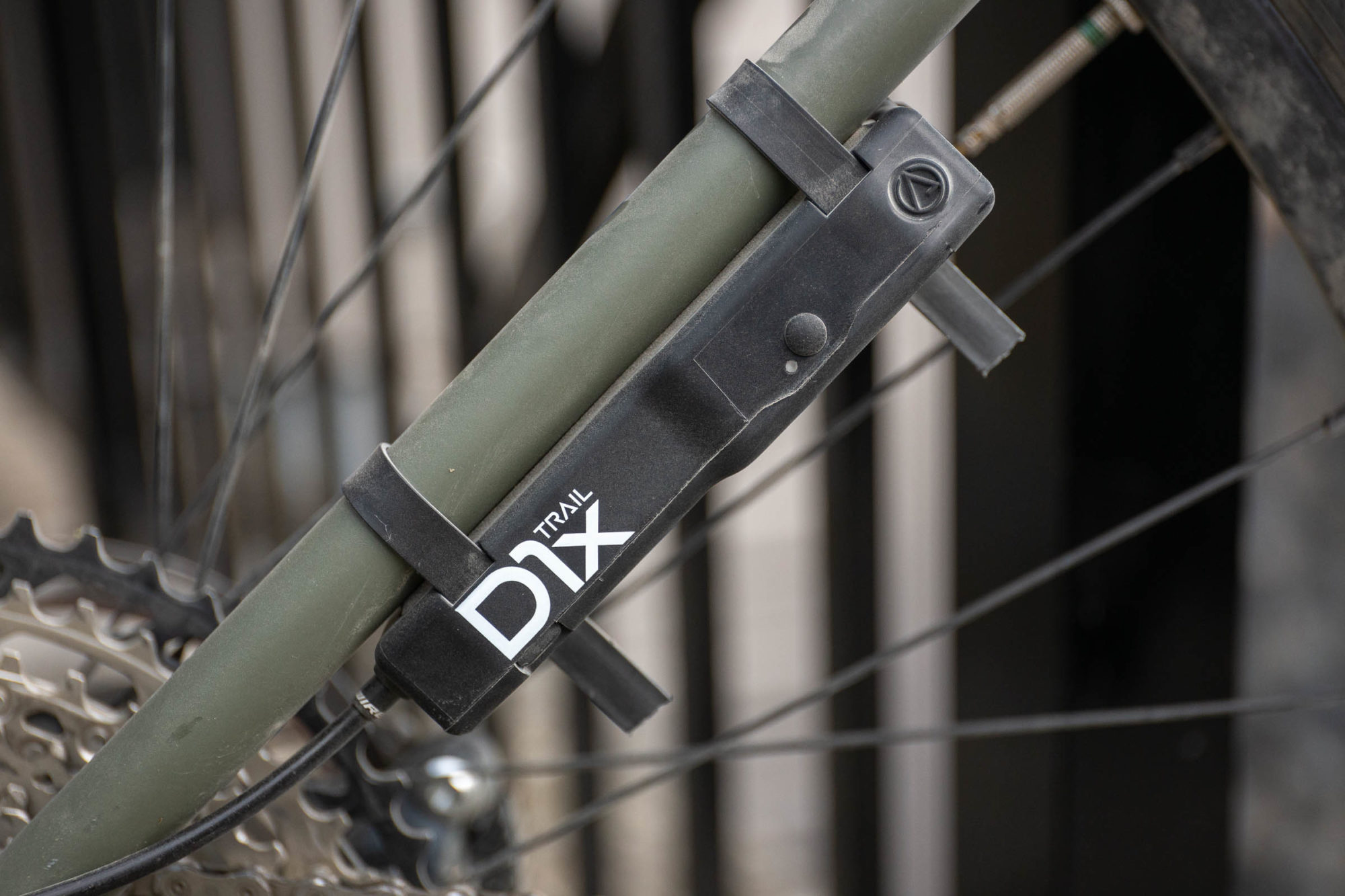
Once the shifter and remote are in place, it’s a matter of downloading the app and following Archer’s instructions to pair the various components. The app makes it simple to select how many gears you have and dial in the position of the derailleur for each cog using micro and macro adjustments. Disconnect the app from the shifter and you’re ready to ride.
Shifting with Archer
My biggest pet peeve with the Archer D1x system is that you can’t turn it on using the remote at the bars. I can’t count the number of times I jumped on my bike and tried shifting, only to dismount and turn on the shifter down by the derailleur so I could get riding. It also requires a push and hold of the tiny rubber button, which sometimes got stuck inside the shifter’s plastic housing if pressed too aggressively. After the shifter is turned on, you can press either of the remote’s shifter buttons to turn it on, at which point both components pair automatically. On a few occasions, I had issues with this final step and with the remote communicating with the iPhone app, but eventually everything would start working.
While riding, the Archer D1x system functions quite well. With their standard batteries (Archer has since released their Sprint Batteries for 50% faster shifting), I wouldn’t necessarily say shifting is any faster than a modern mechanical drivetrain. It was precise, though, and once you have the indexing dialled in, it doesn’t wander much ride after ride. In the time I’ve been using it, I’ve had to get out the app and dial in the shifting a handful of times. The real selling point is the flexibility the system offers to mix and match components, and potentially the ergonomics offered by their remote, which only requires a very light action to shift. I was pleasantly surprised to experience all of the same benefits with the kit setup on my 1980-something Kuahara Cascade. Paired with a Shimano Exage Mountain derailleur and an incredibly worn-out drivetrain, Archer D1x allowed me some of the best shifting I’ve experienced on that bike. Clearly, Archer doesn’t discriminate.
If the shifting quality deteriorates, the Micro Adjust Remote allows the rider to adjust the position of the derailleur while on the move, or it can be tweaked by using the smartphone app. I preferred the latter most of the time, as I liked having the visual reference of the cassette directly in front of me, and it allows you to ignore the remote and focus on the derailleur position instead.
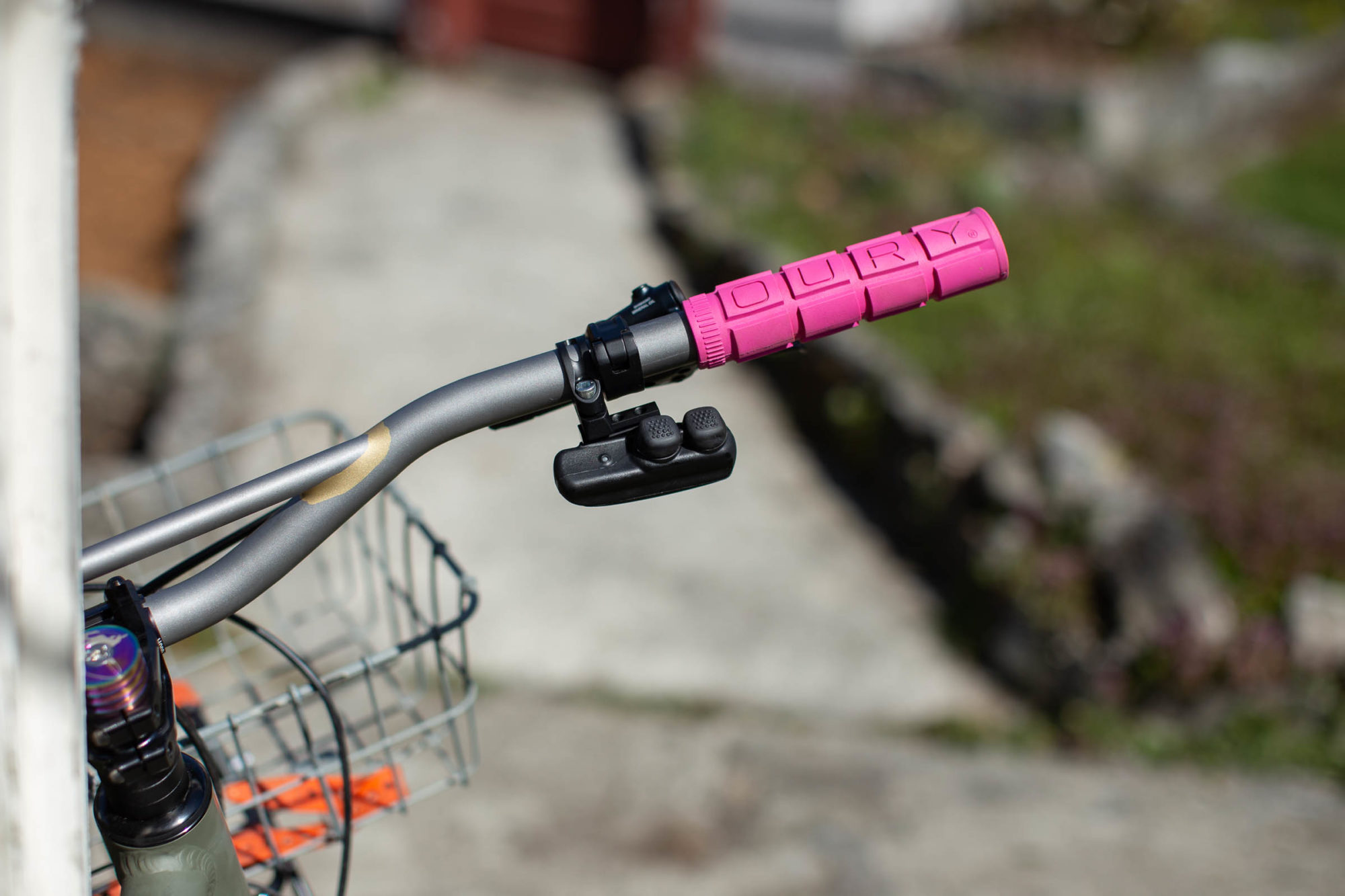
There are a few clever features that can be turned on or off through the app, including a Lower Power Mode, Get Me Home Gear, and Quick Shift. Read more on those below.
Low Power Mode
Bikepackers love a low power mode when it comes to electronics. The Archer D1x has a standard battery life of up to 80 hours in normal mode, and an impressive 150 hours in low power mode, which disables Get Me Home Gear and Auto-Shutdown. It’s hard to say exactly how many hours I got from each charge, but I will say the runtime was pretty impressive.
Get Me Home Gear
When the system senses your shifter battery is critically low, it will automatically shift into a preassigned gear that you select in the app and stay there while it powers down. This is a pretty handy feature to keep things rolling if you happen to kill your batteries in the middle of a ride.
Quick Shift
Archer’s Quick Shift allows you to customize a rapid fire shift with a long push of the remote in either direction. Programmed in the app, it can be set anywhere between a max of two and five steps, and stops shifting when the button is released. It’s meant to mimic Shimano’s multi-release shifter function, and can be turned off in the app if desired.
Micro-Adjust Remote
Archer offers two remotes. The standard remote, which requires the Archer Components app to make adjustments to shifting, and the Micro-Adjust Remote, which allows you to dial in the shifting on the fly. Simply hold down the small button on the top of the remote, adjust the derailleur position up or down using the two remote buttons, and press the micro adjust button to exit and move on to the next gear.
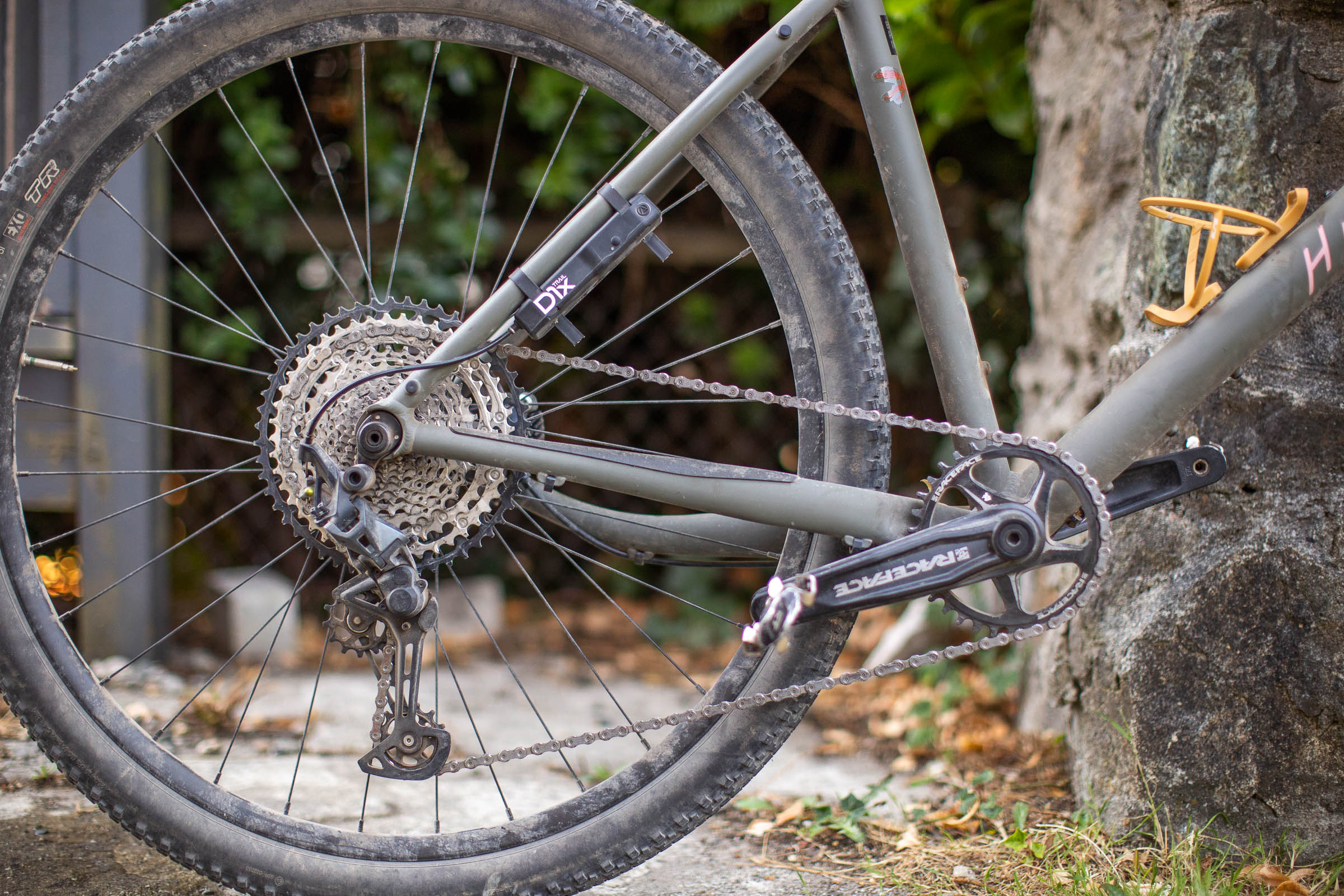
Why Buy an Archer D1x?
The main selling point for the D1x Trail system is that you can continue using whatever derailleur you already have, and depending on your setup, trick it into thinking it’s a 12-speed and simply get a wider range cassette. In the event of a major crash, replacing a $130 mechanical GX Eagle derailleur instead of a $370 GX Eagle AXS sounds pretty nice as well, considering the full Archer D1x Trail kit retails for just $400 (shifter and remote). While wireless shifting might not yet be totally accepted in the bikepacking community, this should make replacing a wonky derailleur easier when rolling into a small town, for example, since any 11 or 12-speed replacement would work and a quick reindex using the app will have you rolling. However, this means it’s a good idea to have a functioning smartphone with you at all times while on tour.
The same can be said for Archer’s drop-bar-specific DBR system, which offers all of the same benefits and features. Since I was somewhat limited by what I could test out myself, I reached out to the brand to see some of the configurations they’ve tried themselves, and here’s what Saul at Archer Components came back with:
“With our system, it is easy to use a derailleur with a cassette that has fewer gears than originally intended. It is slightly harder when using a cassette with more gears than originally intended. For the most part, you can always add one gear, so an 11-speed derailleur will work with a 12-speed cassette, but it is harder to use a 10-speed derailleur with a 12-speed cassette. The main limiting factor is the derailleur cage length. Considering the state that the industry has been in, our system also gives you the freedom to use the components that you can find, so if the proprietary drivetrain component that you need is out of stock, you can use our system to run any component that you can find.”
- 11s Shimano XTR derailleur with 12s 50T GX eagle cassette
- 9s Shimano Deore derailleur with 11s cassette
- 12s TRP TR12 derailleur with 11s 46T E*thirteen cassette
- 12s TRP TR12 derailleur with 12s 50T GX Eagle cassette
- 12s SRAM GX Eagle derailleur with 13s Zitto cassette
- 12s SRAM GX eagle with 11s 46T e*thirteen cassette
- 11s SRAM Rival derailleur with Box Prime9 cassette
Although I think the position of the two remote buttons could be a little better, the light action of the Archer D1x might be a major plus for anyone with hand issues, poor flexibility, arthritis, or adaptive riding situations. The buttons are grippy with or without gloves, easy to locate, and require just a light touch to operate. I don’t think it comes close to competing with SRAM AXS’s paddle-style shifter, which has a much higher-end feel to it, but it’s pretty great coming from a made-in-USA startup with no big brand name attached to it.
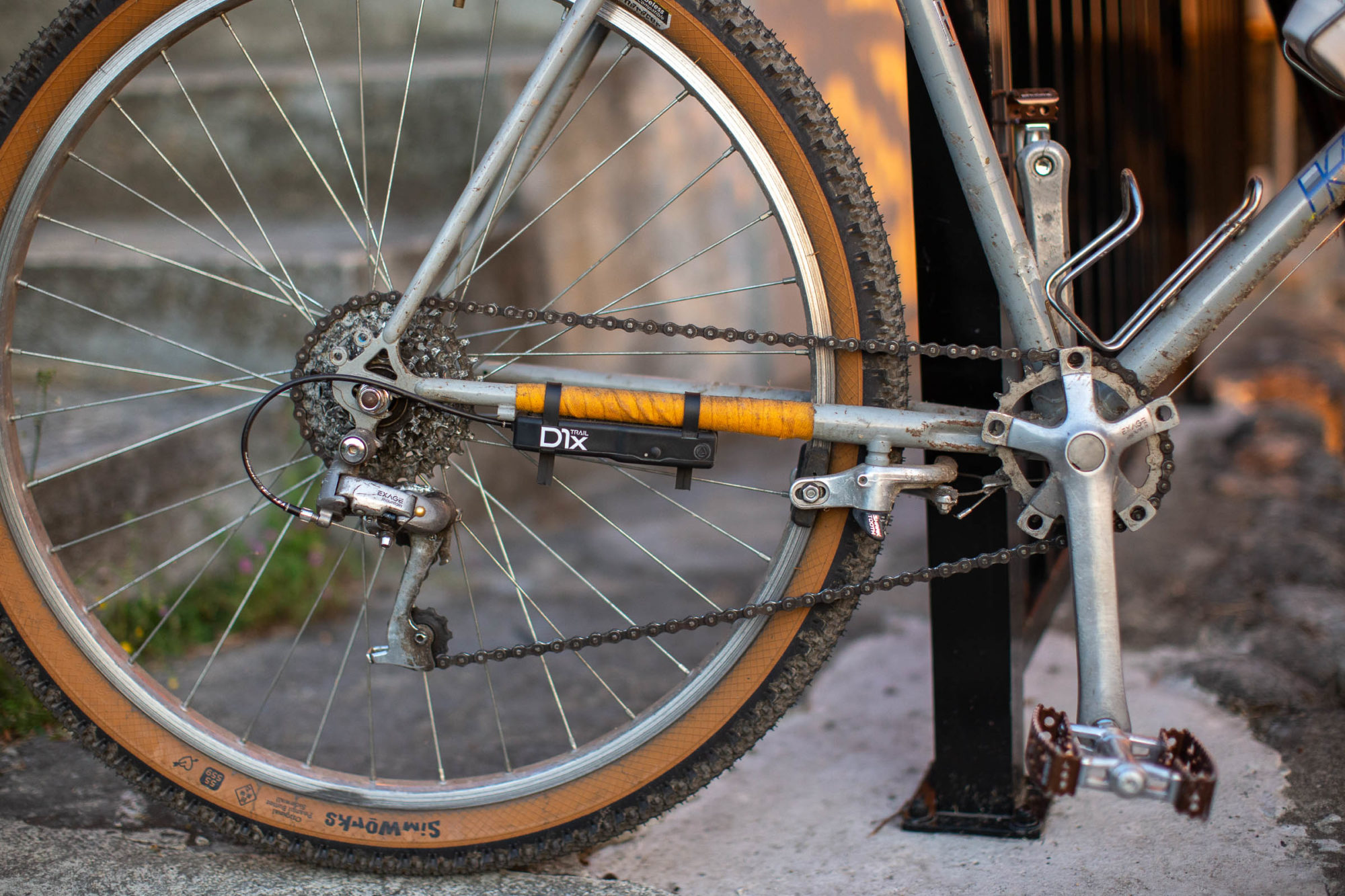
Pros
- Versatile system that eliminates many drivetrain compatibility issues
- More affordable than other wireless systems
- Use your current 11-speed rear derailleur with a 12-speed system
- Light-action remote
- Easy to adjust shifting via smartphone
- Great battery life
Cons
- Shifting speeds are okay, but not mind blowing
- Attachment design could be improved on
- Possibility for pairing issues between remote, shifter, and app
- Must turn on shifter manually before riding
- Model Tested: Archer D1x Trail with Micro Adjust Remote
- Actual Weight: Remote (68g), Shifter + Cable/Housing (193g)
- Place of Manufacture: California, USA
- Price: $399 USD
- Manufacturer’s Details: ArcherComponents.com
Wrap Up
At the time of its release, the Archer D1x system offered an affordable alternative to SRAM’s AXS wireless drivetrain lineup. Since then, SRAM’s GX AXS has brought down the price of getting into high-end wireless shifting, but still requires a new derailleur, shifter, cassette, and chain. That’s a hefty investment compared to the $400 Archer D1x Trail kit, which unlike AXS, is compatible with pretty much any derailleur out there and offers way more versatility.
Overall, the Archer D1x Trail kit is quite impressive. While there is lots of room for improvement, including how the shifter secures to the bike and some of the little pairing glitches I ran into, Archer has produced an interesting product that will surely be appreciated by those who love to tinker. Especially in a year when finding a replacement 12-speed Shimano derailleur might prove nearly impossible, the Archer D1x kit starts to make a lot of sense. Another benefit of using a product from a newer company like Archer is that they have the ability to update and tweak their kits as standards change or new drivetrains are released, all with a simple firmware update. Since receiving my kit, Archer has released a new Sprint Battery set that increases shifting speed by up to 50%. I’m eager to see where Archer takes this.
Related Content
Make sure to dig into these related articles for more info...
Please keep the conversation civil, constructive, and inclusive, or your comment will be removed.







